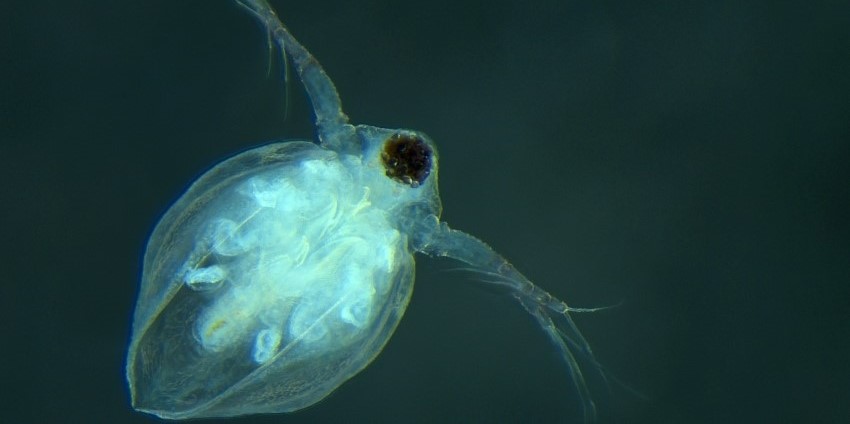Aquatic macroinvertebrates are small animals that live for all, or part, of their lives in water. There are many different types of macroinvertebrates including dragonfly larvae, mosquito larvae, water fleas, beetles, snails, worms, crustaceans and mussels.
Aquatic macroinvertebrates play a critical role in aquatic ecosystems, by recycling nutrients and providing food for animals higher up the food chain. Some feed on algae, aquatic plants and leaf litter. Others feed on smaller organisms and may in turn be eaten by larger macroinvertebrates, or by fish, waterbirds, turtles, other aquatic reptiles and mammals.
Many aquatic insects including dragonflies, damselflies, mosquitoes and midges are aquatic as larvae, but later emerge from the water and live on land as adults. Adult aquatic insects can be an important food resource for insectivores such as birds, bats and spiders that forage near waterways.
Read more about aquatic macroinvertebrates below.
Indicators of waterway and estuary health
Show moreA healthy waterway will have a large number of different types (high diversity) of macroinvertebrates present with no one type dominating the system.
Some macroinvertebrates are sensitive to pollution whereas others can live in very polluted waters. Polluted waterways only have a few different types of macroinvertebrates, often in large numbers, and generally include things like aquatic worms, water fleas and non-biting midge larvae. Degraded waterways experiencing eutrophication (nutrient pollution) often produce masses of midges and mosquitoes that are a nuisance to nearby residents.
Macroinvertebrates make good biological indicators of waterway and estuary health because of their variability in sensitivity to pollution. Sampling macroinvertebrate communities and looking at both the types and numbers of animals present can indicate how healthy a waterway is.
Assessing macroinvertebrates
Show moreSampling water quality on its own to assess river and estuary health gives us a good idea as to what contaminants are present in the waterway at a given point in time. What it does not tell us is whether these contaminants are having an impact on the environment and, if so, to what extent. Examining the macroinvertebrate communities can give us a much better understanding of the overall impacts that any contaminants present are having on the environment.
Assessing macroinvertebrates can be done in a number of different ways such as using the AUSRIVAS (AUStralian RIVer Assessment Scheme) models, using pollution grading systems such as SIGNAL (Stream Invertebrate Grade Number Average Level) and looking at community structure and complexity. They are also used in ecotoxicological studies.
Healthy Rivers program
Show moreOur Healthy Rivers program assesses environmental variables at many sites, covering the diverse range of rivers through south-west Western Australia, from Jurien Bay to Esperance.
Aquatic macroinvertebrates are one of the components in the South West Index of River Condition, which we use to undertake these assessments.
River health assessments are also undertaken to support our Healthy Estuaries WA program.
More information
Show moreThe following publications provide more information and guidance about aquatic macroinvertebrates as indicators of river health in Western Australia:
- Western Australia AUSRIVAS sampling and processing manual, Water Science Technical Series report 13
- Framework for the assessment of river and wetland health for flowing rivers of south-west Western Australia - Project summary, Water Science Technical Series report 39
- Framework for the assessment of river and wetland health for flowing rivers of south-west WA - Method, Water Science Technical Series report 40.



